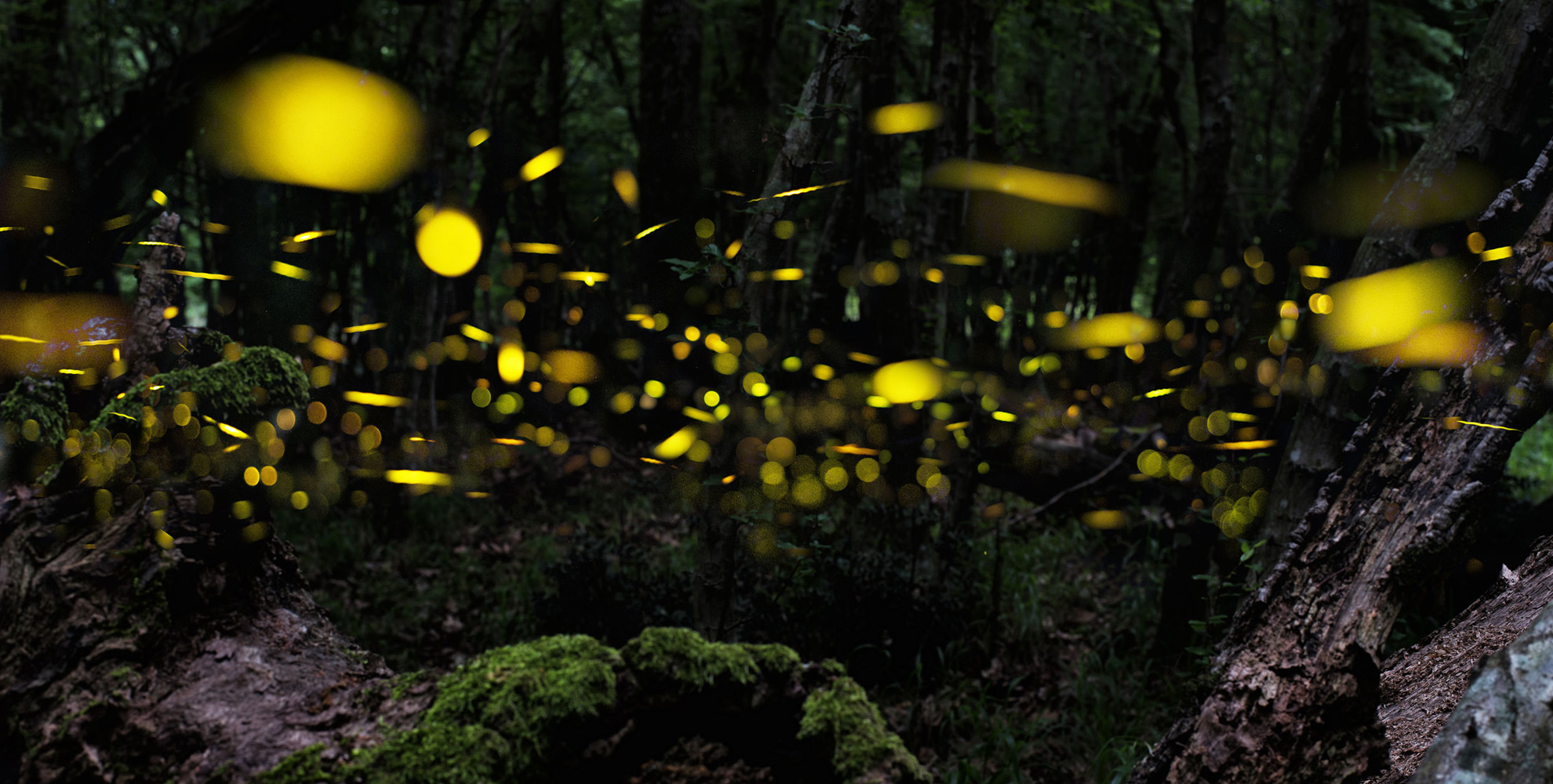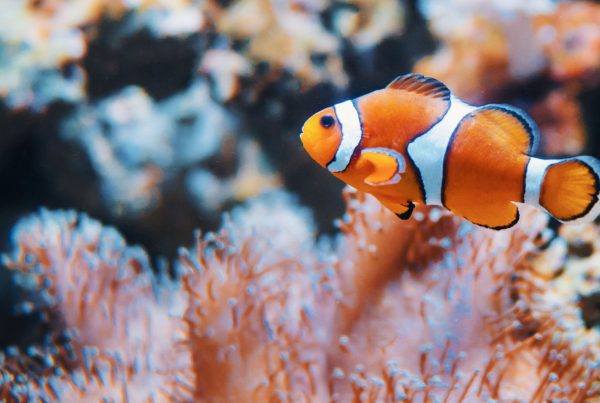Extinction of insects is a major issue nowadays. Light pollution also plays its role in the rapid decline of insects together with climate changes, chemical pollution and invasive species. The facts in this area must not be taken lightly. The position of insects in the food chain is important, as they play a major part, for example, in food crops pollination.
Artificial light disturbs the circadian rhythm of insects
There is no need to prove sensitivity of insects to light. It is enough to look at a streetlamp in the evening and you will surely see several moths flying in close proximity. Why are these small insects so attracted by artificial light?
It is because moths think it is the moon. This light “hypnotises” them so much that they can fly around the lightbulbs for several hours, unable to tear themselves away from them. However, according to the research, approximately one third of these moths do not live up to the morning. They either die of exhaustion, are killed by the heat of the light, or they become an easy prey for larger predators. The research has also confirmed that such losses are much higher in the cities polluted by light than in darker areas with less artificial exterior light.
Moths are but one of the many species suffering due to the use of artificial light. Artificial light disturbs the circadian rhythm of the insects at night and interferes with their natural biological activities, be it nocturnal insects or insects active during the day. Artificial light causes that some kinds of insects lose navigation abilities, cannot perform their mating rituals, miss the time for flower pollination and cannot distinguish day from night, which literally makes them “forget” to rest.
The consequences of light pollution do not avoid our most precious pollinators
Light pollution also significantly affects the activity of our probably most precious insects – bees. Most bees belong to diurnal animals, which means they sleep at night and are awake during the day. However, artificial light disturbs their regular day/night pattern; therefore, they cannot tell it is night and it is time for them to rest.
Bees thus lose the major part of the night, when they regenerate and build up energy. These processes change their reproduction cycles and reduce their activity. However, artificial light also affects nocturnal pollinators. Team of scientists in Switzerland studied the way the nocturnal pollinators react to artificial light. They established several testing meadows with LED streetlamps to observe the behaviour of the nocturnal pollinators and frequency of their visits.
The findings are surprising: meadows illuminated by artificial light at night were visited by 62% less insects. The number of nocturnal pollinators which visited these illuminated lights dropped by 29% when compared to the natural environment. It is impossible for diurnal pollinators to make up for this significant drop in nocturnal pollination.
The consequences of light pollution also have indirect impact on the cycles of plants themselves. According to the study by Department of Physics of Florida Atlantic University, light pollution does not have direct impact on plant cycles; however, they are indirectly affected by the effect light pollution has on life cycles of their pollinators and other animals that come into contact with them. Fewer pollinators mean, for example, fewer flowers resulting in fewer crops.
Difficulties with searching for mates, hatching and protection from predators
Artificial light produced by people affects insects in every area of their lives. The following are just a few of the many facts affecting insects:
- Some bugs use starlight to navigate themselves while flying. However, they do not have a chance to see this light in the cities with high levels of light pollution, thus becoming literally “disoriented”.
- Fruit flies hatch from eggs before the dawn when the temperature and moisture are ideal. However, artificial light can disrupt this process.
- Insects are important prey of many species. There is a natural balance in the predator-prey relationship. Light pollution turns the advantage in favour of the predator. It has been proven that spiders, bats, lizards, toads and rats hunt in the proximity of artificial lights which are hypnotising for some kinds of insects. Such simplified hunting for prey will probably lead to rapid decline of some kinds of insects.
Disorientation, unfavourable hatching conditions and inability to defend themselves from predators present just a few issues insects face due to light pollution, which affects diurnal as well as nocturnal insects. It does not avoid our favourite fireflies which lose ability to find mates due to artificial light.
Fireflies use bioluminescent signals during their mating rituals. Each firefly species has its typical pattern of blinking light which helps male and female individuals to recognize each other. The males are flying and blinking while females stay in one place and react by flashes. A recent study shows that light pollution disrupts this ritual. The scientists exposed a specific kind of fireflies to artificial light and found that females did not flash towards the males as often as those which were not exposed to artificial light. This phenomenon resulted in fewer cases of mating which caused decrease in the number of newly-born fireflies.
We can easily help insects
Solution to light pollution is the easiest out of all the dangers insects have to face – you just have to turn the lights off in the evening. As soon as we turn the lights off, all the problems connected to light pollution disappear. We do not have to rid of all the artificial light; but we must use it effectively, meaningfully and wisely.



